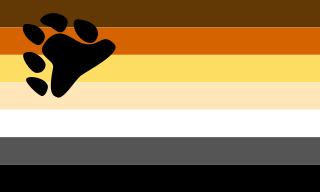
In gay culture, a bear is a man who is fat, hairy, or both.

Leather subculture denotes practices and styles of dress organized around sexual activities that involve leather garments, such as leather jackets, vests, boots, chaps, harnesses, or other items. Wearing leather garments is one way that participants in this culture self-consciously distinguish themselves from mainstream sexual cultures. Many participants associate leather culture with BDSM practices and its many subcultures. For some, black leather clothing is an erotic fashion that expresses heightened masculinity or the appropriation of sexual power; love of motorcycles, motorcycle clubs and independence; and/or engagement in sexual kink or leather fetishism.

Touko Valio Laaksonen, known by the pseudonym Tom of Finland, was a Finnish artist who made stylized highly masculinized homoerotic art, and influenced late 20th-century gay culture. He has been called the "most influential creator of gay pornographic images" by cultural historian Joseph W. Slade. Over the course of four decades, he produced some 3,500 illustrations, mostly featuring men with exaggerated sex traits, wearing tight or partially removed clothing.

Folsom Street Fair (FSF) is an annual kink, leather subculture, and alternative sexuality street fair, held in September that concludes San Francisco's "Leather Pride Week". The Folsom Street Fair, sometimes referred to simply as "Folsom", takes place on the last Sunday in September, on Folsom Street between 8th and 13th Streets, in San Francisco's South of Market district.
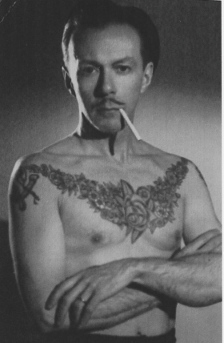
Samuel Morris Steward, also known as Phil Andros, Phil Sparrow, was an American tattoo artist and pornographer.

Gayle S. Rubin is an American cultural anthropologist, theorist and activist, best known for her pioneering work in feminist theory and queer studies.
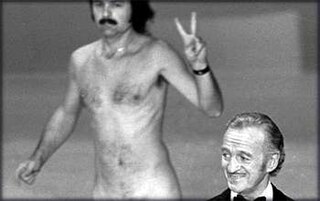
Robert Opel was an American photographer and art gallery owner most famous for streaking during the 46th Academy Awards in 1974.
The Bay Area Reporter is a free weekly LGBT newspaper serving the LGBT communities in the San Francisco Bay Area. It is one of the largest-circulation LGBT newspapers in the United States, and the country's oldest continuously published newspaper of its kind.

Charles "Chuck" Arnett was an American artist and dancer who was born in Bogalusa, Louisiana and died in San Francisco. His best-known work is the Tool Box mural (1962).

The Rainbow Motorcycle Club is a gay men's motorcycle club based in San Francisco, California. The club was founded in San Francisco in 1971 by Ron Johnson, Mario Pirami and Paul Denino. Some commentators have credited the RMC as being instrumental in the creation of the bear subculture among gay men during the 1980s and 1990s.
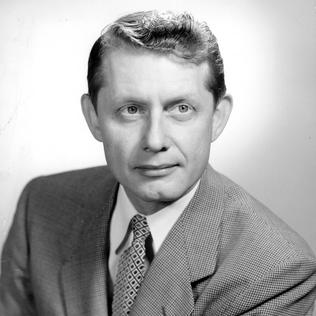
Harold Leland "Hal" Call was an American businessperson, LGBT rights activist, and U.S. Army veteran. He served as president of the Mattachine Society and in the 1950s, was one of the first gay activists to speak publicly on television. Call founded printing presses for LGBT publications and later opened gay adult shops and pornographic film screening venues. He received a Purple Heart for his service in the Pacific War.

John Joseph "Jack" Fritscher is an American author, university professor, historian, and social activist known internationally for his fiction, erotica, and nonfiction analyses of pop culture and gay male culture. An activist prior to the Stonewall riots, he was an out and founding member of the Journal of Popular Culture. Fritscher became highly influential as editor of Drummer magazine.
Drummer is an American magazine which focuses on "leathersex, leatherwear, leather and rubber gear, S&M, bondage and discipline, erotic styles and techniques." The magazine was launched in 1975 and ceased publication in April 1999 with issue 214, but was relaunched 20 years later by new publisher Jack MacCullum with editor Mike Miksche.

The lesbian, gay, bisexual and transgender (LGBTQ) community in San Francisco is one of the largest and most prominent LGBT communities in the United States, and is one of the most important in the history of American LGBT rights and activism alongside New York City. The city itself has been described as "the original 'gay-friendly city'". LGBT culture is also active within companies that are based in Silicon Valley, which is located within the southern San Francisco Bay Area.
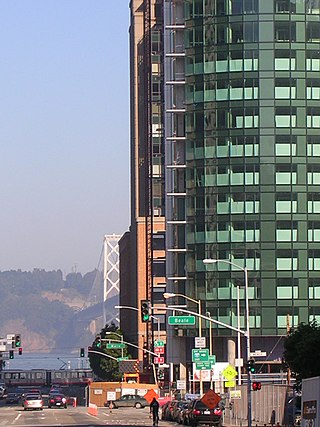
Folsom Street is a street in San Francisco which begins perpendicular to Alemany Boulevard in San Francisco's Bernal Heights district and ends perpendicular to the Embarcadero on the San Francisco Bay. For its southern half, Folsom Street runs north–south, but it turns northeasterly at 13th street. It runs through San Francisco's Bernal Heights district, Mission District, SoMa District, Yerba Buena District, and South Beach district.
The Mineshaft was a members-only BDSM leather bar and sex club for gay men located at 835 Washington Street, at Little West 12th Street, in Manhattan, New York City, in the Meatpacking District, West Village, and Greenwich Village sections.

The Stud is a gay bar currently located on 1123 Folsom Street in San Francisco.
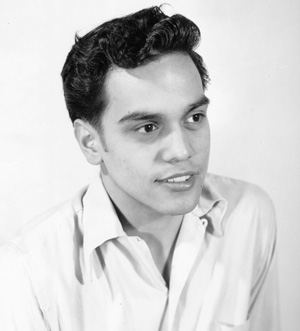
Domingo Francisco Juan Esteban "Dom" Orejudos, Secundo, also widely known by the pen names Etienne and Stephen, was an openly gay artist, ballet dancer, and choreographer, best known for his ground-breaking gay male erotica beginning in the 1950s. Along with artists George Quaintance and Touko Laaksonen —with whom he became friends—Orejudos' leather-themed art promoted an image of gay men as strong and masculine, as an alternative to the then-dominant stereotype as weak and effeminate. With his first lover and business partner Chuck Renslow, Orejudos established many landmarks of late-20th-century gay male culture, including the Gold Coast bar, Man's Country bathhouse, the International Mr. Leather competition, Chicago's August White Party, and the magazines Triumph, Rawhide, and Mars. He was also active and influential in the Chicago ballet community.
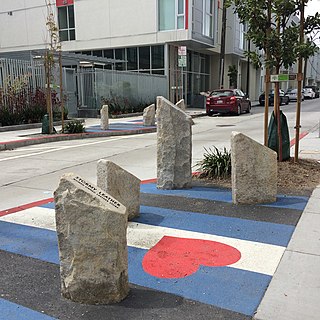
The San Francisco South of Market Leather History Alley consists of four works of art that honor the history of gay and lesbian leather culture in South of Market, San Francisco. The art is embedded in Ringold Street, an alley between 8th and 9th Street. The installation opened in 2017. The alley is part of the Leather and LGBTQ Cultural District.
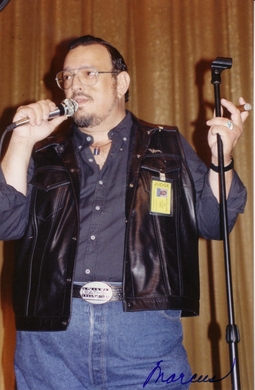
Tony DeBlase (1942–2000), also known as Anthony DeBlase, was part of the BDSM and leather subcultures. He was the designer of the leather pride flag.

















